 |
| Hoysaleswara Temple located in Halebidu town, Karnataka state, southwest India is considered the most typical and exemplary architectural complex of the Hoysala dynasty (1000-1346) remaining to date. The temple dedicated to the Hindu god Shiva has its main gate facing east, while the tourist entrance is at the north gate. During their time, the Hoysala kings built more than 1,500 temples throughout the empire, but only about 100 remain today. Photo: Manfred Sommer. |
 |
| The temple was built from 1121 to 1160, under the reign of King Vishnuvardhana Hoysaleshwara. The most surprising thing to tourists is the stone pillars in the temple. Many people think they look like the product of modern mechanical machinery, even though they were created nearly 900 years ago. Photo: Dmitry Pavlov . |
 |
| In fact, archaeologists also suggested that these pillars were made using lathes, but could not explain how the Hoysala people did it. Photo: Wikimedia. |
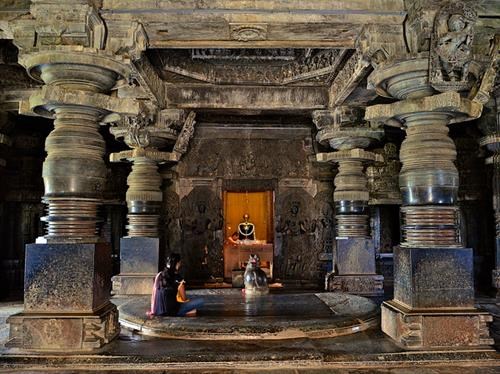 |
| The altar holds the Shiva linga, a symbol of worship that means fertility in heaven and earth. Hoysaleshwara is essentially two temples with identical architecture, one for the king and one for the queen. Outside there are also two nandi, the same architecture as the temple but smaller worshiping the cow god, surrounded by stone walkways. Photo: Wikipedia. |
 |
| The statues in the temple are all carved from monolithic stone. Historian Percy Brown described the entire structure as an “outstanding example of Hindu architecture” and the “pinnacle of Indian architecture”. Photo: Yves BENOIT. |
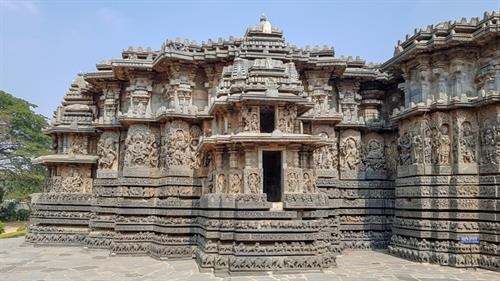 |
| The wall outside the temple is a Hindu epic told through sculpture. Researchers and critics evaluate the temple’s 240 sculptures as South Asian masterpieces. Photo: Davidthegray. |
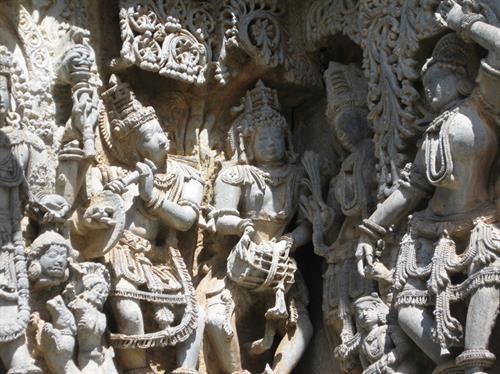 |
| The material used for the exterior wall is called bluestone, which is soft and easy to shape when first quarried, but hardens over time when exposed to air. Photo: Dmitry Pavlov. |
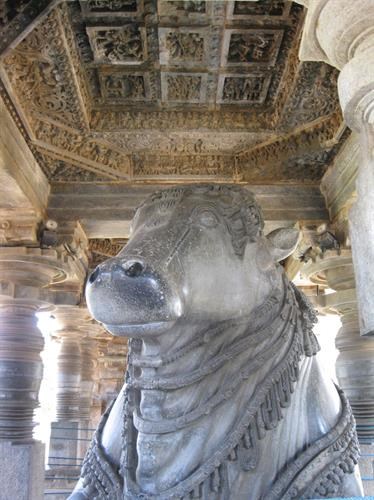 |
| The cow god statue is in the smaller temple in the architectural complex. These two works are the 6th and 7th largest in size among monolithic stone statues in India and top the list in terms of beauty, sophistication and gloss. Photo: Yves BENOIT. |
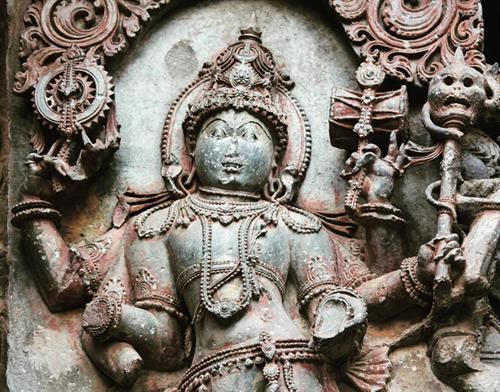 |
| The object in the right hand of the god Masana Bhairava in the bas-relief is reminiscent of some kind of mechanical machine with gears surrounding it. However, Indian history does not have any records about the Hoysala people possessing modern technology for the construction of the temple. Photo: JestPic. |
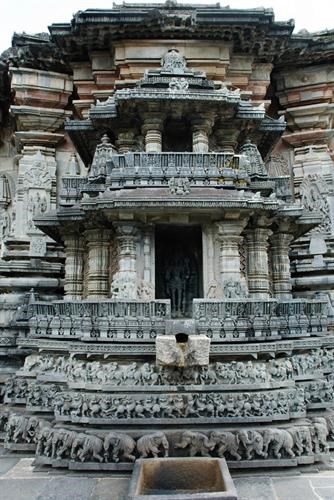 |
| The temple’s drainage system. Photo: Sumo’s Snaps. |
According to vnxpress/ Karnataka





